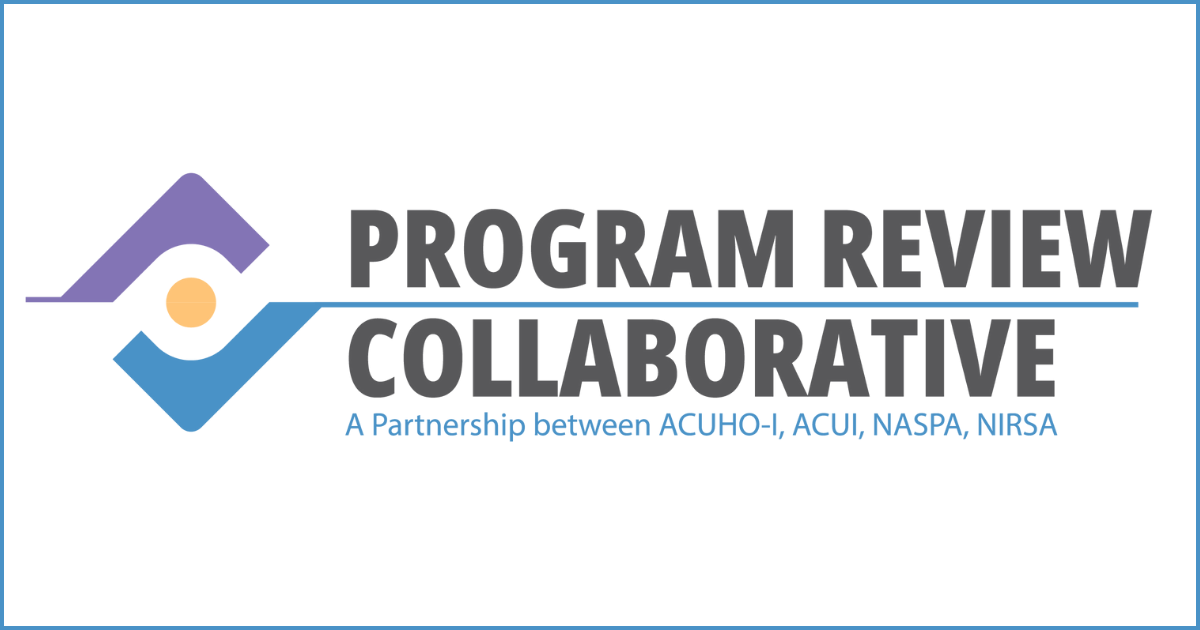Mid-presentation, a participant in my risk management workshop raised her hand and stopped me to say, “What you just said to us a minute ago was a eureka moment for me!” I’d been discussing the concept of risk appetite and how it impacts not only our daily lives, but also our decision-making tendencies at work.
It sounds pretty basic: people with a greater appetite for risk—a higher risk tolerance—are more likely to make riskier decisions than people who have a lower appetite for risk. But how do we discover where our own and our teammates’ appetite for risk falls on the spectrum? And how do we design our teams to reach better outcomes around managing risk in the campus recreation environment?
Considering risk appetite
It is important for senior management to understand how their staff’s different appetites for risk will influence decision making. In fact, from a risk management perspective, senior management should know that it is critical to factor in a person’s risk appetite when making decisions about adding (or keeping) higher-risk programs and activities.
In practical terms, what it means is that more than a single person should help to make decisions about just how risky a program is; otherwise, the potential for exposing the department and university to too much risk is heightened.
The person who stopped me to share her eureka moment had just realized the main source of conflict between two of her staff members: they both had very different appetites for risk and were unable to see the other’s perspective. Eureka! The revelation provided her with a strategy to deal with the conflict.
Find your own eureka moment
In searching for your own eureka moment, here are four fundamental questions to put to your department’s senior management:
- Does the department have sufficient safeguards in place to ensure key risk management decisions are being vetted at the program and departmental levels?
- Does the department have a robust enough process to ensure that general consensus is reached around what are the department’s high-risk programs and facilities?
- Is risk appetite factored into the equation when assessing what programs or facility elements are high-risk?
- Has a comprehensive risk management audit been conducted of those programs and facilities that have been deemed to be high-risk?
What you can do to lower your department’s exposure to risk
The first step is to determine the risk profile of all programs and facilities. Check out the Fall 2014 issue of the SportRisk newsletter for an overview that will get you started on this exercise.
The second step is to conduct a risk audit on what the department is actually doing to manage risk in those programs and facilities identified as high-risk. While there are many options on how to go about measuring this (including an in-house audit process), it can be very beneficial to seek professional help with this. Bringing in a professional outside of your department will help ensure nothing gets overlooked.
By investing in the new ‘Best Practices’ risk assessment tool developed by McGregor & Associates’ SportRisk you can help determine how your department’s practices compare to accepted campus recreation best practices—plus you will be able to see how well you are doing relative to other schools.
Across North America, over 100 universities have already participated in this important new tool, making it a significant benchmarking database! For more information on the tool, how it was developed and piloted, and why you should be using it, visit the SportRisk website.
McGregor & Associates is a leader in campus recreation risk management
We have been in the campus recreation risk management business for over 20 years. We have a proven track record, are widely known, and are cited across North America as the go-to company for risk management expertise. It’s why NIRSA has partnered with McGregor & Associates to promote this important ‘Best Practices’ initiative.
Still not sure?
Here’s how Matt Horst, Director – Shooting Sports Education Center at Georgia Southern University, summarized the value of registering:
“The Best Practices survey has provided valuable feedback to our program directors as it provided current comparison data from other campus recreation programs. This tool has allowed us to better understand the strengths and weakness of our department risk management program.”
So don’t wait any longer. To register and learn more, visit the SportRisk website or contact President of McGregor & Associates Ian McGregor.
Ian McGregor, PhD, is currently the President of Ian McGregor & Associates.






